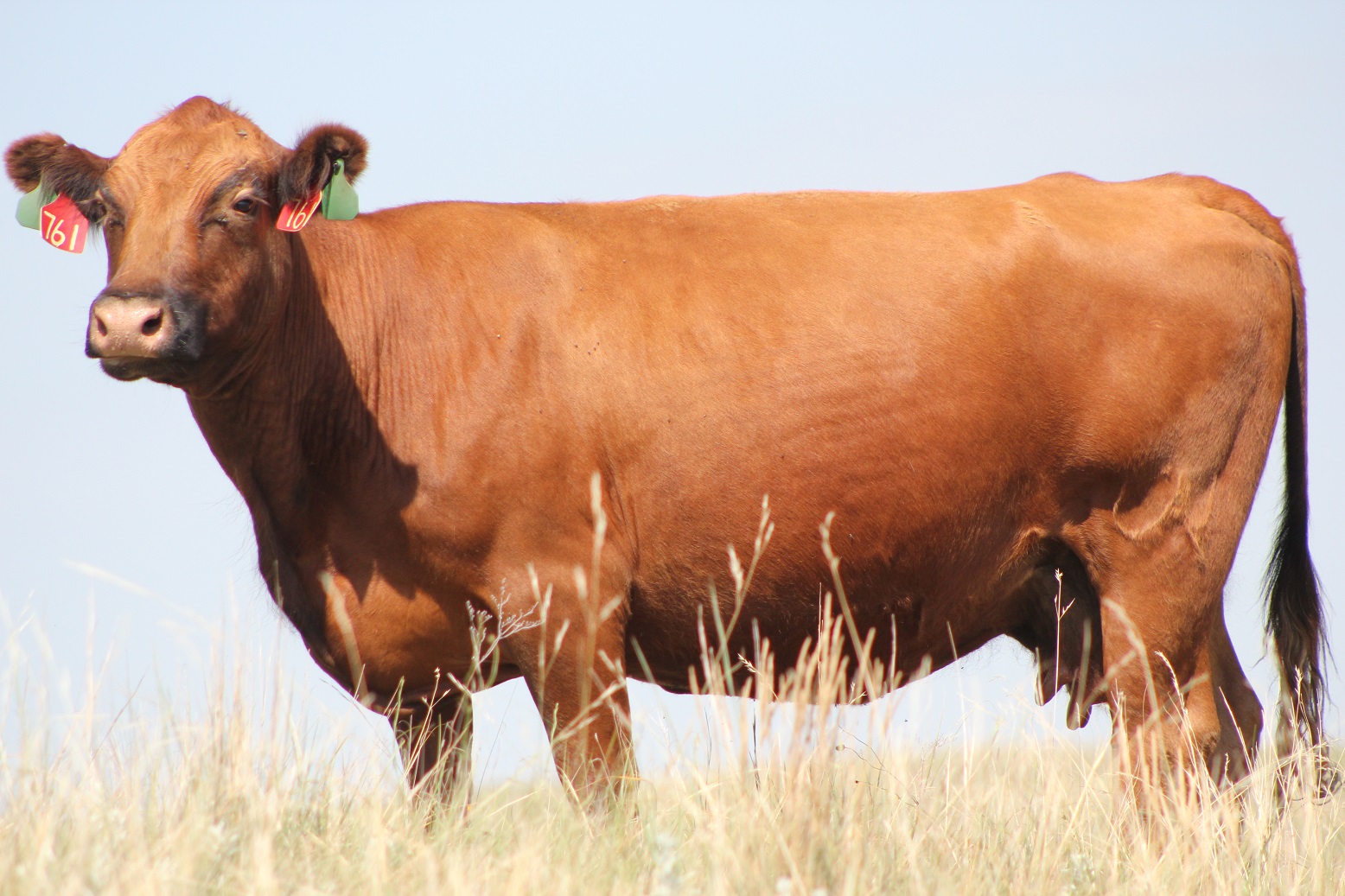Options for Reducing Stocking Rates Due to Dry Conditions

Listen to a discussion of the content in this article on this episode of the BeefWatch podcast. You can subscribe to new episodes in iTunes or paste http://feeds.feedburner.com/unlbeefwatch into your podcast app.
Drought conditions are persisting in Wyoming, Colorado and Kansas and have expanded into portions of Nebraska (Figure 1), reducing range and pasture production. Although soil moisture has kept most of Nebraska out of drought, portions of the state are well below normal spring precipitation levels and above normal spring temperatures (Figure 2).


Forage production on cool-season dominate pasture and rangeland is highly correlated to precipitation and soil moisture from April through June. If adequate soil moisture is not present during this period, vegetation will not be able to fully express its growth potential, leading to reduced forage production and necessitating stocking rate reductions and alternative winter feeding strategies. On rangelands with predominately warm-season grasses, precipitation in June and July is important for forage growth. Once the vegetation’s rapid growth window has passed, additional precipitation may not contribute significantly to additional plant growth.
Proactive planning for drought conditions, including establishment of key dates when actions will be taken if specific precipitation amounts have not been received, is important for making timely management decisions. Because forage production is highly correlated with available soil moisture and temperatures, trigger dates for drought management actions can be identified by understanding the average monthly precipitation and forage base composition (warm or cool-season) for a specific rangeland area.
When dry conditions reduce forage production, grazing animal demand must also be reduced accordingly. When determining the reduction in grazing demand, keep in mind the need for perennial grass plants to have adequate leaf area remaining after grazing to promote grassland resilience and support future plant health and vigor. The amount of residual vegetation needed following grazing does not decrease during drought conditions. Reducing grazing demand means reducing the amount of forage that is harvested by the grazing animals. This can be accomplished in a number of ways.
- Sell cattle early that are normally sold in the fall. Yearlings, non-pregnant heifers and cows, and any problem animals that were slated to be sold this fall can be marketed earlier. Early pregnancy diagnosis using ultrasound or blood testing are an added expense that may pay for itself by identifying non-pregnant animals as early as 30 days after breeding.
- Production records can be utilized to cull cows that underperform, have structural issues (bad feet, large teats, etc.), or poor temperament.
- Drylot bred yearling heifers. This class of cattle is often easier to manage and feed in a drylot than cows with calves.
- Early wean and feed calves in a drylot. Early weaning reduces forage demand from the calf and reduces cow nutrient requirements. By reducing nutrient requirements, low quality pasture or forage is often adequate to meet the nutrient needs of the cow that is in adequate body condition and is in the first trimester of pregnancy. Depending upon the size and age of the calf, for every 3.0 days a calf is weaned, it provides approximately 1 extra day of forage for a cow. Early weaned calves need a high quality diet in a drylot to achieve acceptable performance. See the NebGuide Management of Early Weaned Calves for more information.
- Drylot cow-calf pairs. The University of Nebraska has several years or research on feeding cow-calf pairs in a drylot. Depending upon facilities and the price and availability of feed resources, this can be a viable option. The NebGuide Management Considerations for Beef Cows in Confinement is an excellent resource on this topic.
Plan now to secure alternative feed options for this fall and winter if rangeland and pasture is the primary feed resource. Acting early means that there are often more options available in terms of alternative grazing or feed resources.
The beef.unl.edu website (https://beef.unl.edu/cattleproduction/drought) has a number of resources available on this topic and Extension Specialists and Educators are available to answer questions.
Other websites that are excellent sources of information include:
- National Drought Mitigation Center https://drought.unl.edu/ranchplan/Overview.aspx
- Grazing Management With Variable Plant Production In The Nebraska Sandhills
- IANR Nebraska Drought Resources
- Management of Early Weaned Calves
- Management Considerations for Beef Cows in Confinement
Proactive management with dry and drought conditions is the best option for dealing with reduced forage production. Acting early and implementing drought plans will help to ensure rangelands and pastures are able to respond when moisture conditions improve.
Interviews with the authors of BeefWatch newsletter articles become available throughout the month of publication and are accessible at https://go.unl.edu/podcast.
